
Department of Civil Engineering
Although construction has been human activity for several millennia, it remains an attractive field of engineering, as it involves creativity and innovations. Compared to other engineering disciplines, where serial production is often used, civil engineering structures are always unique, built for different purposes in different environmental conditions and thus exposed to different actions, having unique architectural design. Civil engineers have to be creative and devoted, there is no room for mistakes. Sound understanding of fundamental engineering theory is just as important as knowledge and awareness about materials and technologies. In civil engineering, the final product is always an accomplishment of coordinated effort of interdisciplinary group of professionals. In such a group not only science but also soft skills become important.
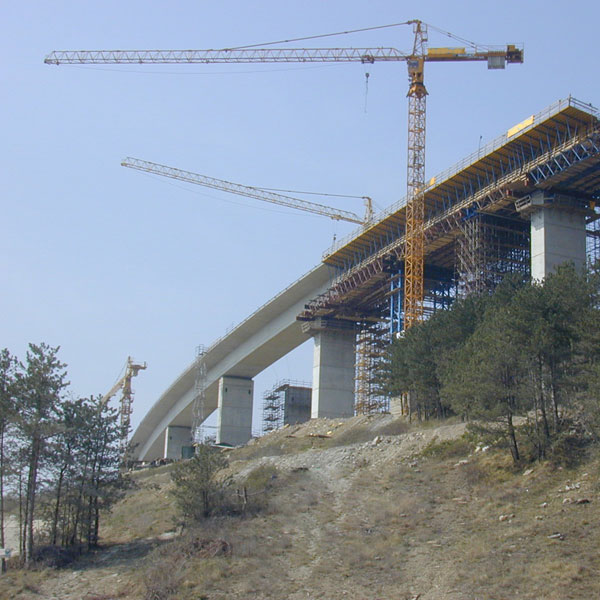
Research and education of future civil engineers is a privilege for the staff of our department organized in 12 teaching and research units. This makes us the largest department at the Faculty. Our research and teaching areas include mathematics and physics as a basis of engineering sciences, mechanics, building materials, structural and earthquake engineering, efficient use of energy and living comfort, municipal, geotechnical and traffic engineering, management of civil engineering works and – with least tradition but with high potential – information and communication technology, which has changed in the last 50 years the very traditional construction sector and enabled new options of design, communication, documentation and execution of civil engineering works and quality control.
Civil Engineering department is well connected with national economy and international research community. Our greatest pride, however, are our graduates with whom we share our knowledge and enthusiasm for creativity, curiosity that leads us forward, and awareness that only together we can build the future.
Studying Civil Engineering requires solid knowledge of mathematics and physics, two fundamental fields required for the understanding of natural phenomena. Acquiring knowledge through these two courses enables the student to develop the language for the formulation of engineering problems, and, at the same time, provides basic tools for their solutions. On the other side, contemporary civil engineering exploits possibilities available through the modern information technology. As a consequence, we offer, on all levels, courses that empower the student to use the computer-aided design and information technology throughout the service life of the structures.
The use of information and communication technology crucially contributes to the digital transformation of the construction industry and to new ways of design, execution and management of structures. Within this context, implementation of Building Information Modelling, web communication, engineering data infrastructure and associated work methods, cooperation and organisation can be encountered. All teaching activities are computer-aided; students can find most of the study materials on the web classroom, while within professional courses, they learn how to use with specialized software tools used in practice.
Recently, interdisciplinary project-oriented study, supported by the state-of-the-art IT tools, was implemented in our computer classrooms. Within this project, students design structures in close collaboration with the students of architecture. This innovative approach received the reward from the Faculty of Education of the University of Ljubljana. Increasingly the teachers use elements of project-oriented study, where students independently solve practical problems that are often linked to the collaborating enterprises. A recent example is the endeavour carried out by a group of M.Sc. students that deals with the loadbearing structure of a 40 m-high wooden tower.
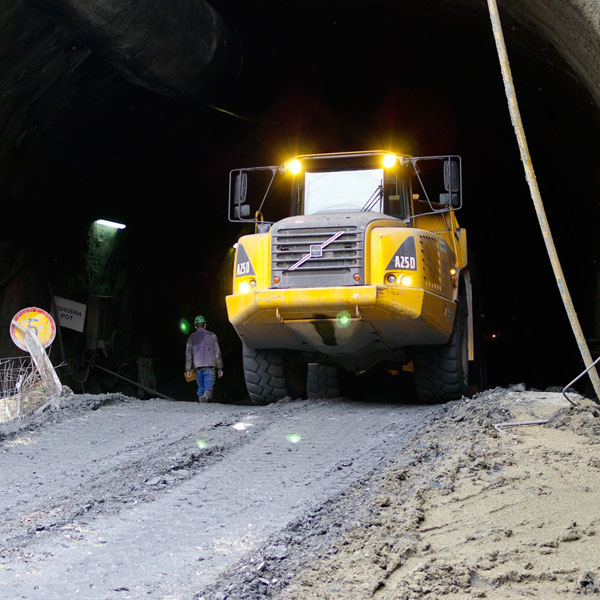
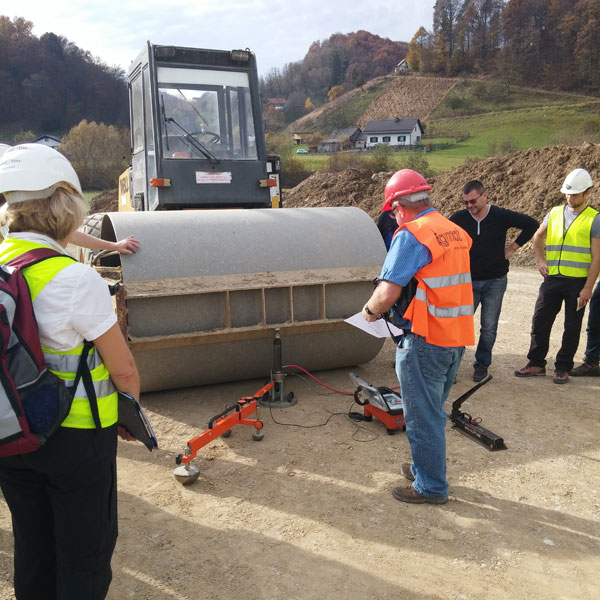
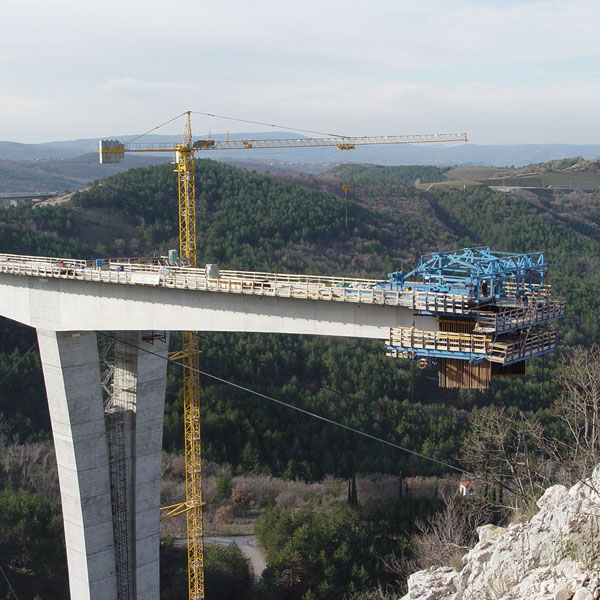
Traditionally, the first years of Civil Engineering Studies are focused on acquiring the fundamental knowledge from the fields of structural engineering, strength of materials, hydromechanics, soil mechanics, and basic professional courses like Construction Materials, Geodesy, Roads, Construction Technology, Architectural Engineering…. At the end of the program, students gain in-depth knowledge of individual civil engineering areas by choosing one of the modules: structural, municipal, traffic, geotechnical or hydrotechnical engineering, construction management or building design. The emphasis of the structural engineering is placed on the safety of structures for all structural materials. Students learn the rules of appropriate conceptual design of buildings and engineering structures, methods for static and dynamic structural analysis, as well as procedures for the design and construction of wooden, steel and reinforced concrete structures. Special emphasis is placed on the earthquake resistance. Students taking the Municipal Engineering Module gain in-depth knowledge in the field of spatial planning, real estate management, in particular communal and residential infrastructure management, and real estate valuation. The goal of the courses offered within Traffic Engineering Module is to understand the properties and rules of the road and railway traffic, provide knowledge related to planning, design, construction and maintenance of road traffic and railway engineering, and to be able to predict and model traffic flows. The graduate of the Buildings Module is a specialist for the field of building physics, efficient use of energy in buildings and living comfort assurance. Last but not least, in order to respond to the needs of contemporary society, special emphasis is placed on the maintenance and refurbishment of existing structures.
The civil engineering profession can be very versatile. For this reason, a civil engineer cannot be specialist for all areas of civil engineering. Nevertheless, we are convinced that our graduates are capable of tackling various construction related problems that may appear in their future career. They prove this with their final works that represent a synthesis of various areas of knowledge and its application in specific professional or development issues. We also strongly believe that our graduates are capable of adapting in very short time to new challenges and new circumstances, as future is expected to bring an even more increased rate of change.
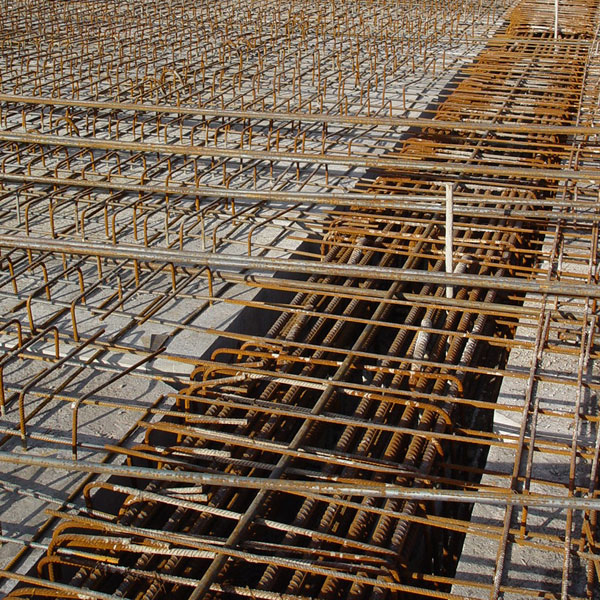
Chairs within the Department of Civil Engineering:
- Municipal Economics Institute
- Chair of Construction IT
- Chair of Structural and Earthquake Engineering
- Chair of Concrete, Masonry and Timber Structures
- Chair of Mathematics and Physics
- Chair of Mechanics
- Chair of Geotechnical Engineering
- Chair for Metal Structures
- Chair of Construction Management
- Chair of Testing in Materials and Structures
- Chair of Buildings and Constructional Complexes
- Traffic Technical Institute
Oddelek za gradbeništvo je bil in je še »najmočnejši« oddelek na Fakulteti za gradbeništvo in geodezijo UL. Na njem je v letih 1919–2009 diplomiralo 4.157 inženirjev gradbeništva ter magistriralo 209 študentov s področja gradbeništva. Dva študenta sta zaključila specialistični študij gradbeništva, doktoriralo je 134 doktorandov.
inženirjev gradbeništva
magistrov gradbeništva
doktorjev gradbeništva
Zgodovina oddelka za gradbeništvo
Prva predavanja na takratni Tehniški fakulteti so se za študente začela izvajati maja 1919, pouk gradbeništva je trajal osem semestrov.
Do leta 1931 je bil Oddelek za gradbeništvo organiziran v dveh inštitutih – Inštitutu za tehnično mehaniko, v okviru katerega je začel delovati tudi laboratorij za preiskavo materiala, in Inštitutu za gradbeno inženirstvo. Leta 1931 sta se inštituta razdelila na šest zavodov, kar je obveljalo do leta 1945.
Leta 1937 je gradbeni oddelek pridobil Vodogradbeni laboratorij, ki je z leti postal samostojni javni zavod, kasneje imenovan Inštitut za hidravlične raziskave. Po 2. svetovni vojni so bile na Oddelku za gradbeništvo ustanovljene tri študijske smeri: hidrotehnična, konstrukcijska in prometna, in sicer v treh odsekih. V tem obdobju je začel delovati tudi Inštitut za metalne konstrukcije.
Leta 1957 je bila ustanovljena Fakulteta za arhitekturo, gradbeništvo in geodezijo, s tremi oddelki: Oddelek za arhitekturo, Oddelek za gradbeništvo (še vedno organiziran v treh istih odsekih) in Geodetsko-komunalni oddelek. Danes je na Oddelku za gradbeništvo dvanajst pedagoško-raziskovalnih enot.
